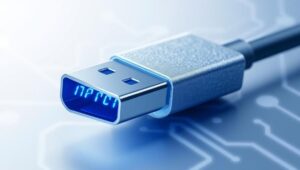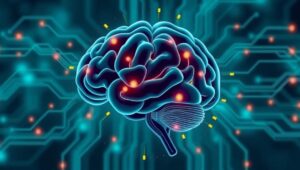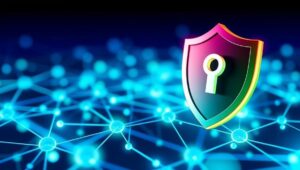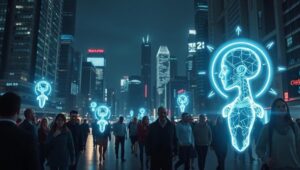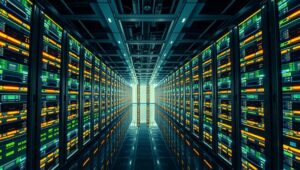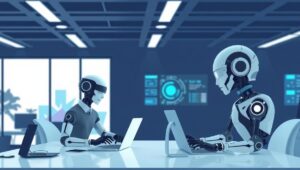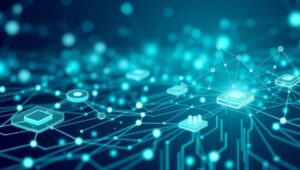May 26, 2025
The Future of USB Standards: Simplicity and Power (2025)
The Future of USB Standards: Simplicity and Power (2025) The Universal Serial Bus (USB) has become an indispensable part of our digital lives. From charging our smartphones to connecting peripherals to our computers, USB is ubiquitous. As we move closer to 2025, it’s crucial to understand the evolving landscape of USB standards and what the future holds for this vital technology. A Brief History of USB USB was designed to standardize the connection of computer peripherals, replacing a plethora of slow, device-specific ports. USB 1.0, released in 1996, offered a data transfer rate of 12 Mbps. Subsequent iterations, such as
